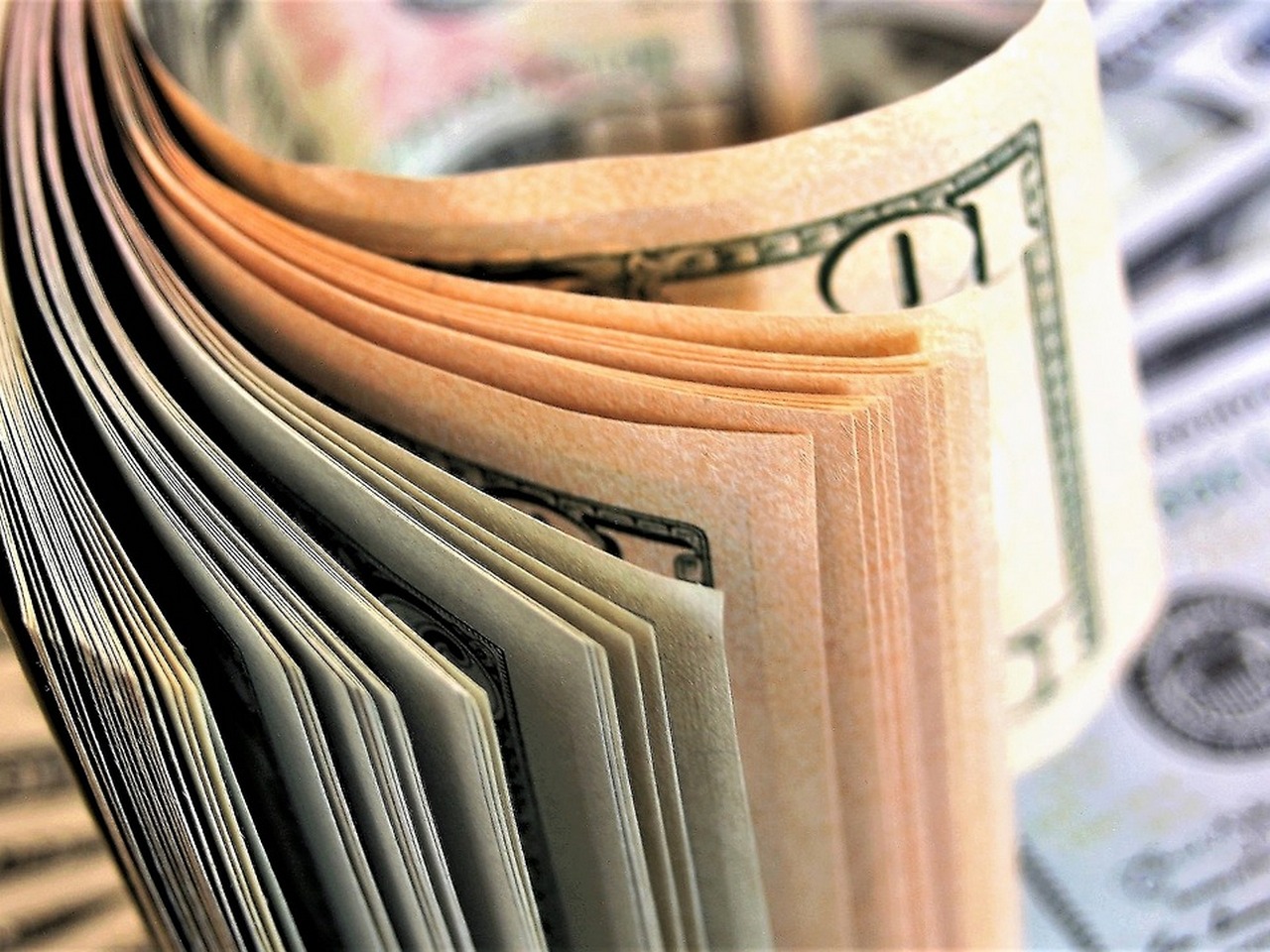The resources of the federal reserve banks are formed due to: 1) the issue of banknotes – federal reserve tickets; 2) accepting deposits, mainly from member banks and from the treasury. A small part of the funds of the federal reserve banks consists of their own capital (paid and additional).
Since the nationalization of gold reserves, carried out in 1934, the federal reserve banks have ceased to be the custodians of the country’s gold reserves, but their balance sheets included gold certificates, which are paper signs of gold concentrated in the state treasury. The main active operation of the Federal Reserve Banks is the purchase of government securities. By comparison, the lending of the Federal Reserve Banks to member banks is negligible.
The Federal Reserve Banks are primarily the government’s lenders. But the funds they have invested in government securities are ultimately used in the interests of corporations, since they are spent by the government to a large extent on paying for government orders and purchasing goods.
Federal Reserve Banks do for depository institutions what depository institutions do for people. They accept deposits from banks and savings institutions and lend to them. Federal Reserve Banks are banks for banks. In addition to issuing (federal reserve) banks, the US banking system includes: 1) commercial banks, 2) investment banks, 3) mutual savings banks, 4) banking houses.
The Federal Reserve is an independent organization. It cannot be abolished at the whim of the president, and Congress also cannot change its role and functions otherwise than by a special legislative act. The long terms of office of Council members are intended to protect and isolate them from political pressure.



